Curiosities and attractions of the Canary Islands in a few words.
A spinning mill from the village of El Paso on the island of La Palma is the only one in Europe that retains silk processing using original medieval techniques.
In their workshops, beautiful and elegant silk garments continue to be produced using methods that have completely disappeared on the old continent. The raw material from which this unique industry prospers is the silk moth (Bombyx mori). At present, silkworms live only in captivity and have become so domesticated that they can no longer live alone in the wild, especially because they have lost the ability to fly. At La Palma, work on the preparation and weaving of silk by ancient medieval techniques depends on the dexterity of women’s hands. Curiously, in the 16th and 17th centuries, decrees explicitly banned these works from the female sex, to the point that they threatened fines. Fortunately for Canarian culture, the industry has finally passed into the hands of women, who have ensured the preservation of this beautiful craft on the island of La Palma over the centuries. When you visit the manufactory, it will seem to you that time has stopped in the production of silk. To this day, a ritual consisting of twelve different steps has been preserved, which begins with the breeding of the worm and ends with fine silk on a loom. Thanks to ancestral techniques and loving and hard-working women’s hands, elegant silk dresses or ties can be created. When on the island of La Palma, don’t miss the Silk Museum (Museo de la Seda) in the village of EL Paso. They are open from Monday to Friday from 10:00 to 13:00.
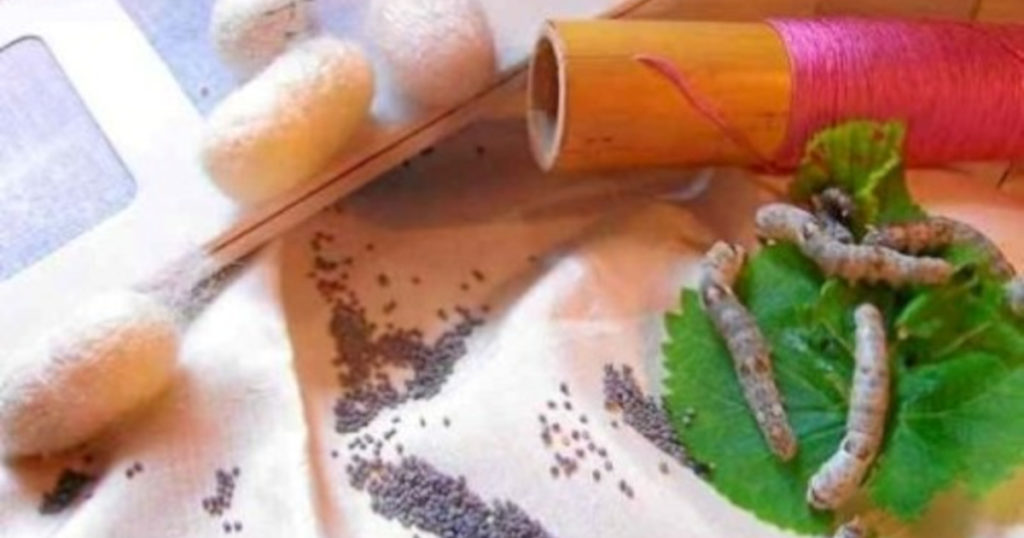
The word guagua originates in Cuba.
One of the words that most attracts the attention of foreigners but also Spaniards who are not from the Canary Islands is the use of the word guagua instead of bus.This term comes from Cuba. It is linked to the American bus factory, which was the first to supply buses to Cuba. The factory name was Washington Walton and Company Incorporated, and used the abbreviation Wa & Wa Co. Inc.
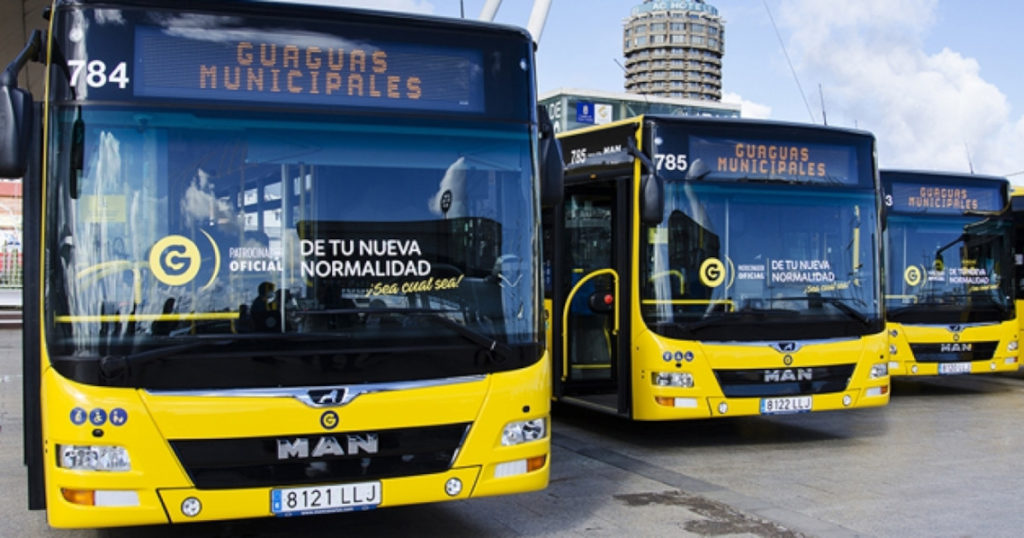
The island La Gomera with an area of only 370 square kilometers is one of the areas of the planet that has the highest density of dams per square kilometer.
There are 63 dams on the island, 24 of which are so-called large dams. The oldest Los Cocos Dam, located in the Barranco del Cabrito, was built in 1913 and still operates today. It is interesting that it was built of stone and lime mortar. It has a dam wall height of 18 meters. La Vieja, together with other dams in the basin, Cocos II and Cocos III, form one of the most interesting historical hydraulic clusters in the Canary Islands. Most dams are privately owned. The state did not start building dams on the island until the second half of the 20th century. According to the definition of the rules in force in Spain, a ‘large dam’ is a dam which has a dam wall height of more than 15 meters or a height of 10 to 15 meters with a tank capacity of more than 100 000 m3.
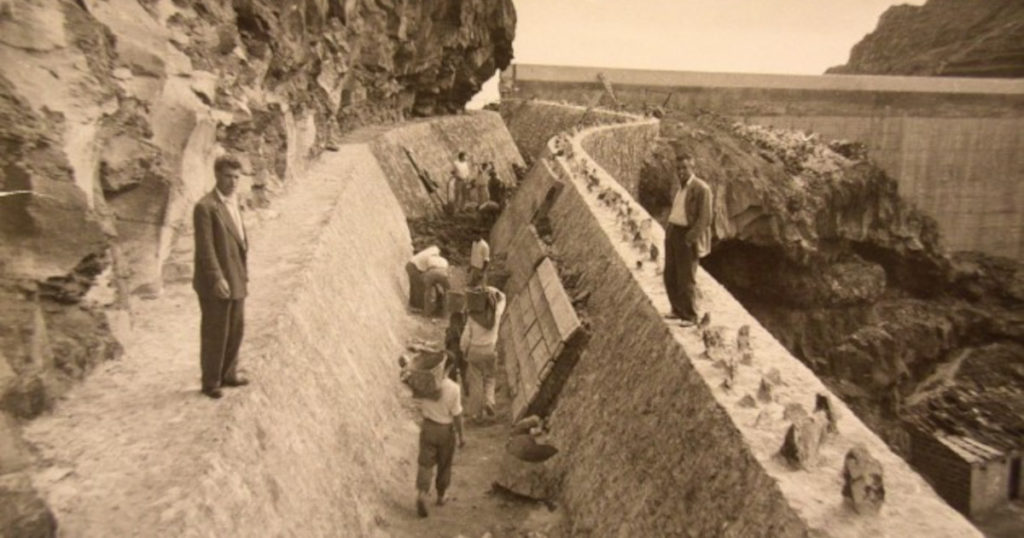
Pico del Teide in Tenerife is the highest peak in Spain.
At 3718 meters above sea level, Pico del Teide is in first place in the Spanish rankings. In second place is Pico Mulhacén in the Sierra Nevada mountains (3479 meters above sea level) with a distance of almost 250 meters. The third place belongs with the altitude of 3404 meters of the hill Aneto in the Pyrenees. Spain has a total of 13 peaks with an altitude of more than 3000 meters, of which 9 are located in the Pyrenees, 3 in the Sierra Nevada and one in the Canary Islands. In the top 100 are the highest mountains of all the main islands of the Canary Islands, with the exception of the island of La Graciosa. The ranking is as follows:
1. Pico del Teide, Tenerife, 3718 m
32. Roque de los Muchachos, La Palma, 2426 m
69. Morro de la Agujereada, Gran Canaria, 1956 m
83. Malpaso, El Hierro, 1500 m
84. Garajonay, La Gomera, 1487 m
99. Pico de la Zarza, Fuerteventura, 807 m
100. Peñas del Chache, Lanzarote, 670 m.
Source: Instituto Nacional de Estadística
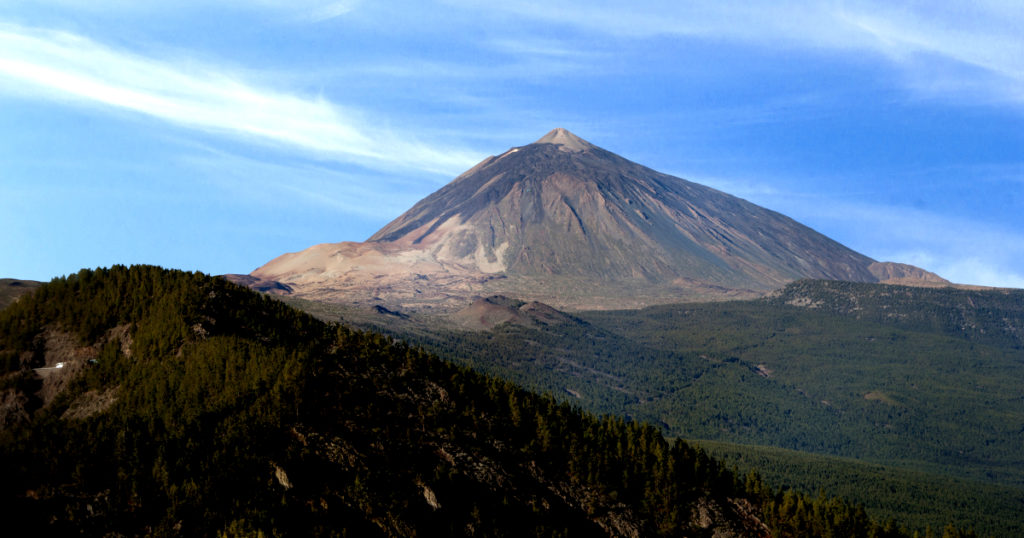
Admiral Horatio Nelson lose his right hand in the Battle of Tenerife.
In 1797, Admiral Nelson led an attack on Tenerife. The first attack targeted a fortress west of Santa Cruz, and historians have called it a complete failure. The second attack was no better. On July 22, 1797, Horatio Nelson led the landing directly in the port of Santa Cruz. The attack was a disaster for the British. The Spanish managed to repel the attack. 250 Britons were killed and 128 wounded in the battle, compared with only 30 dead and 40 wounded by the Spaniards. When Nelson stepped ashore, he was hit by a musket shot into the right hand. He was bleeding heavily and was immediately transported to the hospital ship HMS Theseus. A ship’s surgeon’s diary recorded a complicated fracture of the right hand by a musket bullet that passed through the elbow and crushed the bone and ruptured the artery. The hand had to be amputated immediately. Nelson’s statement “Doctor, I want to get rid of this useless piece of meat here” is also recorded. The hand was removed and thrown overboard. Nelson’s return to active duty was remarkably quick. It was reported that only 30 minutes after the arm amputation, he was back when giving orders to his husband. The United Kingdom celebrates Nelson as one of the most successful naval officers in British history, mainly because of his victory in the Battle of Trafalgar. July 22 is still a big holiday in Tenerife, during which the victory over the British is celebrated.
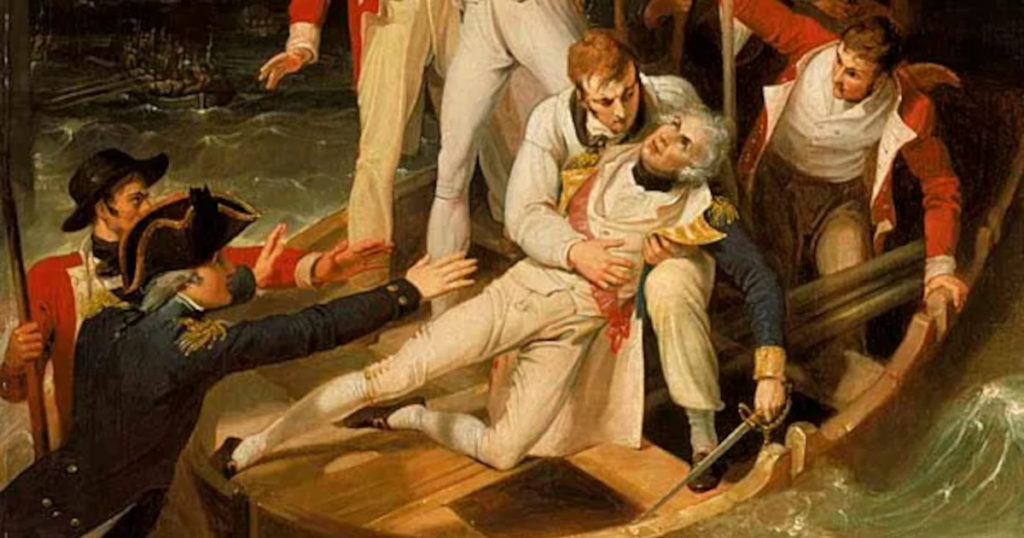
On EL Hierro is officially the smallest hotel in the world.
Hotel Punta Grande on El Hierro is listed in the Guinness Book of World Records as the smallest hotel in the world. This hotel has a total floor area of only 600 m2. It is located in a building dating back to 1830. In 1948, Francisco Padrón Villarreal fell in love with this place and bought the house. But it was not until 1969 that a real intention was born about its tourist use as a restaurant. In November 1975, the crumbling building was restored under the direction of architect José Luis Jiménez Saavedra. He managed to achieve the safest possible building with minimal impact on the environment. When you arrive at the hotel, you will surely think that you have arrived at the house of a crazy fisherman. The hotel has only four double rooms. Each of them is uniquely designed. Most of the wood used comes from shipwrecks. One room even has a small balcony from which you can fish directly. The interior is decorated with unique small pieces of nautical accessories. In the dining room on the ground floor, a beech root protruding from the ceiling will surprise you. The internal staircase was designed by the Canarian artist Néstor de la Torre and the small columns that make it up were acquired during the demolition of the old town hall in Telde. In 1984, the hotel was entered in the Guinness Book of Records. In 1991, he received a silver medal from the Government of the Canary Islands for the development of tourism. In 2019, the hotel was declared an ethnological monument of the Canary Islands.
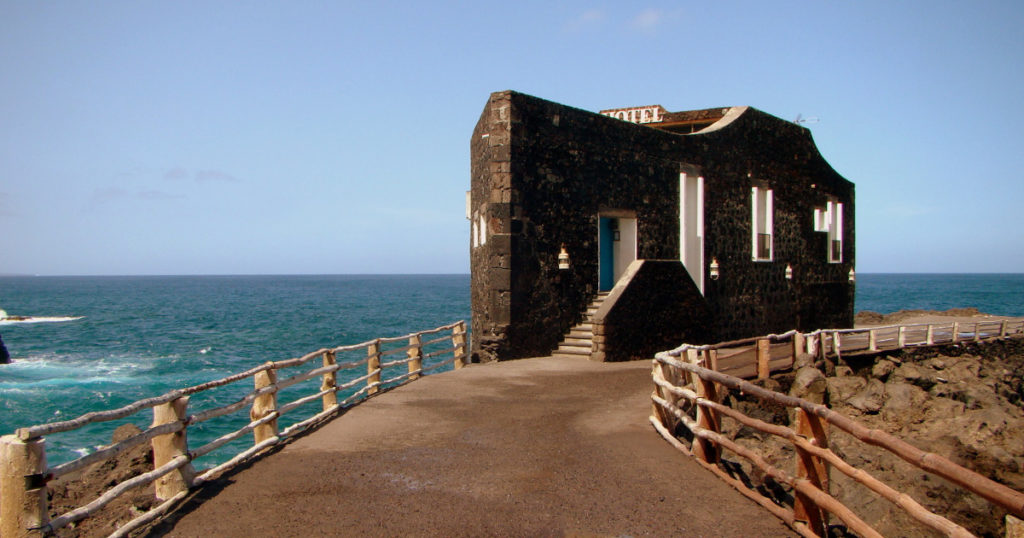
The spring Los chorros de Epina in Vallehermoso on La Gomera have miraculous power.
This spring, which consists of seven nozzles, is full of several legends. One of them says that if you look into the water and see yourself beautiful, happiness and love await you. On the contrary, if your reflection in the water is gloomy, you will be haunted by scarceness and misery.However, the spring can also find love for you. Another of the legends says that if you want to find the true love, you have to drink gradually from the nozzles of the spring. But beware, men have to drink from odd gradually from left to right, women on the contrary from even from right to left. If you make a mistake, you will not find your love.And by the third, each of the nozzles reportedly has its own power. Some correspond to health or happiness. But one of the nozzles also has the evil power of witches. Depending on which nozzle you drink from, such a fate awaits you.Anyway, whether you believe in these legends or not, Los chorros de Epina has the magic of the beauty of the surroundings and is definitely worth a visit.
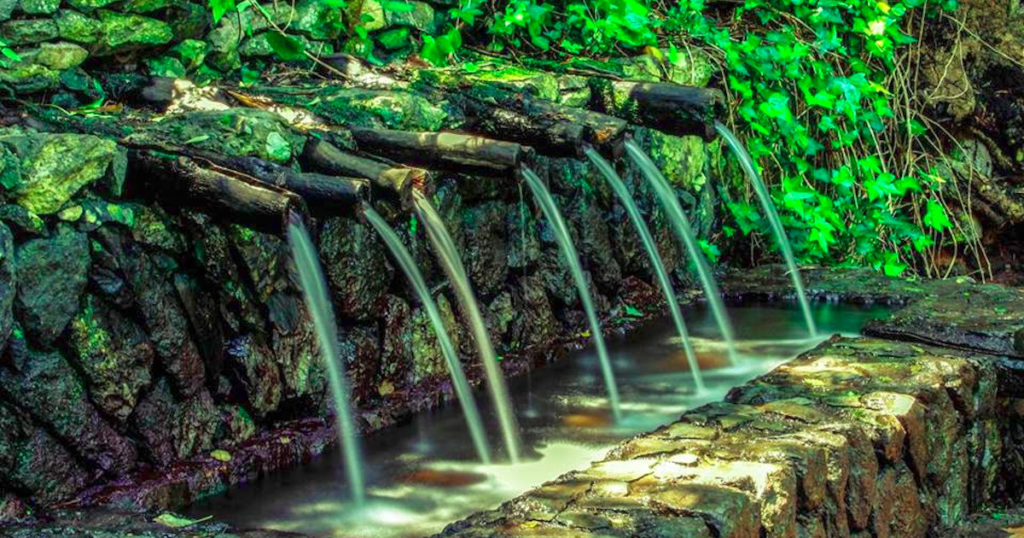
The Bandama Golf Club is the oldest Golf Club in Spain.
Maybe you can find more beautiful golf courses, but none with the tradition and charm of this one. In the heart of Caldera de Bandama, in the center of the island of Gran Canaria, is the Real Club de Golf de Bandama, the oldest club in Spain whose foundation, at the hands of a group of British settled on the island, dates back to 1891 The enclave is unique and if you are a lover of this beautiful sport, you only have to take a walk around the clubhouse and breathe the air of history that is hidden in its facilities.
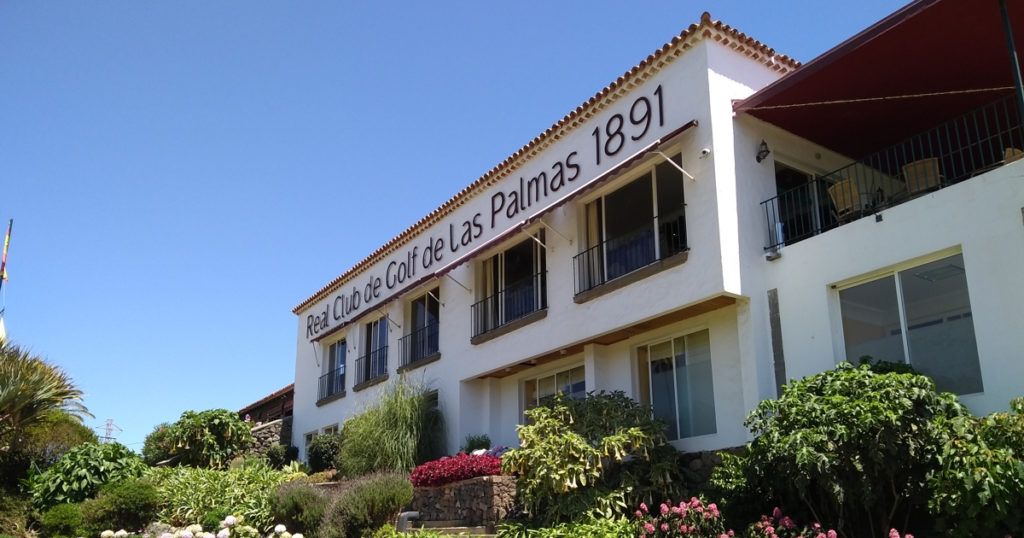
Silbo gomero is the only “whistling” language in the world.
Silbo gomero is a special form of whistle communication that has been used on La Gomera for thousands of years. This language has been transmitted from father to son for centuries. It was an important way of communicating when working in the fields and in the mountains and between the individual valleys. Through it, the inhabitants were able to communicate at a distance of up to 5 kilometers. Contains up to 4000 words. On 30 September 2009, UNESCO entered the silbo gomero on the intangible cultural heritage. Since 1999, he has also been teaching at schools in La Gomera. It is estimated that only 22,000 people can communicate properly with this language. Therefore, be careful when walking around La Gomera, and if you hear two people whistling, they are just talking.
The Muséo Atlántico in Lanzarote is the only underwater museum in Europe.
The works inspired by the people of Lanzarote were made by artist Jason deCaires Taylor from pH neutral concrete, which means that it will help increase marine biomass and reproduction over time. And so it has already happened. Since the first statues were planted in 2016, the number of species has increased, from angelic sharks to barracudas, sardines, octopuses, sea sponges to rays.The museum is located in the crystal clear waters of Playa Blanca in Las Coloradas Bay in municipality Yaiza. It is located at a depth of 12 meters on an area of 2,500 square meters. It consists of 300 statues. It is accessible to divers and snorkelers.

Los Jameos del Agua in Lanzarote is the only place in the world where the blind albino crab Munidopsis polymorpha lives.
They are small, blind and pale and can be found in the caves of Jameos del Agua in lava tubes created by volcanic eruptions 15,000 – 13,000 years ago. The darkness in the caves caused the removal of pigmentation, which gives this rare specimen only one centimeter long, whitish color. They are very rare because they reproduce very slowly. Unlike other species, females lay only two eggs. Metals are also very dangerous for these small animals, for which reason it is completely forbidden to throw coins in the cave, as this can cause the death of these crustaceans. The blind crab is considered a natural symbol of Lanzarote by the Canary Islands government.
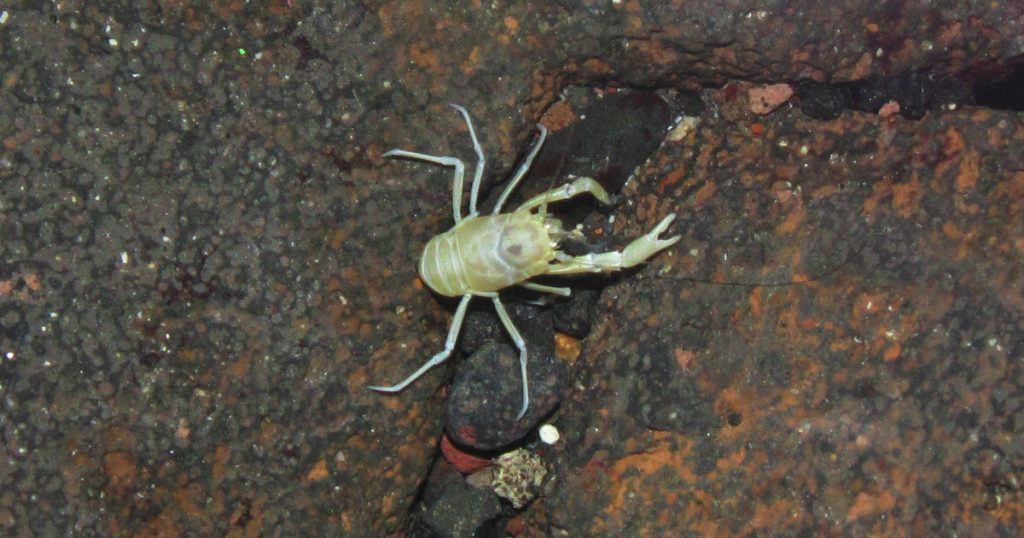
The purest vodka in the world comes from the distillery of the Esteban and Fernando Banús brothers in Ingenio, Gran Canaria.
The Banús brothers are the third generation of the Catalan family from Tarragona. The family tradition began with their grandfather, when in 1887, after experimenting in the world of perfumes, he decided to focus his activities on spirits. Over the following decades, the family business became one of the largest distilleries in Spain, which also produced well-known drinks such as Bols or Tía María.In 1989, the main factory was acquired by a multinational company. It was then that Esteban and Fernando decided to take over the distillery in southern Gran Canaria to follow the dream of making the purest vodka in the world.The secret of this vodka lies in the original system of fermentation and distillation. Only water from underground wells in Ingenio is used for its production. French wheat from a precisely determined place also has its merits.Vodka is certified by the US authorities as containing 0% pollution.
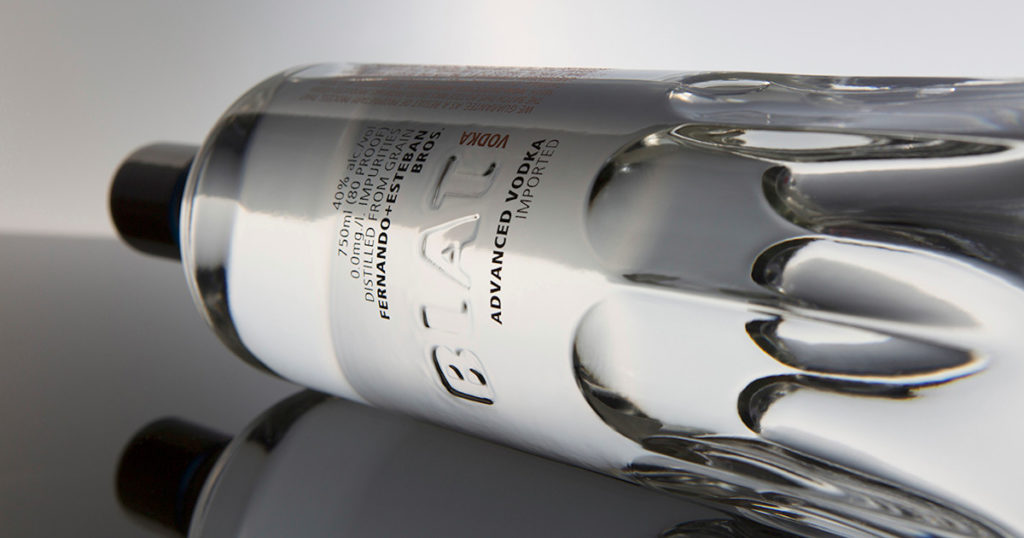
The city of Santa Cruz de La Palma, was the first city in the Canary Islands and the sixth in the world to have electric public lighting as early as 1893.
The first city was Paris in 1879, followed by New York in 1882, then London in 1886, Barcelona in in 1888 and Madrid in 1891.
The city of Santa Cruz de La Palma has always been at the forefront of progress and innovative ideas. In 1892, the Sociedad Anónima Electrón was founded in Santa Cruz de La Palma, which was in charge of building a small hydroelectric power plant with a slope of 116 meters, located in the Barranco del Río area. It used public water to supply electricity to the city of Santa Cruz. On December 28, 1893, the first test of electric lighting was performed, and three days later, on December 31, 1893, the electric lighting was officially put into operation to the sound of bells from the Church of St. Salvador.
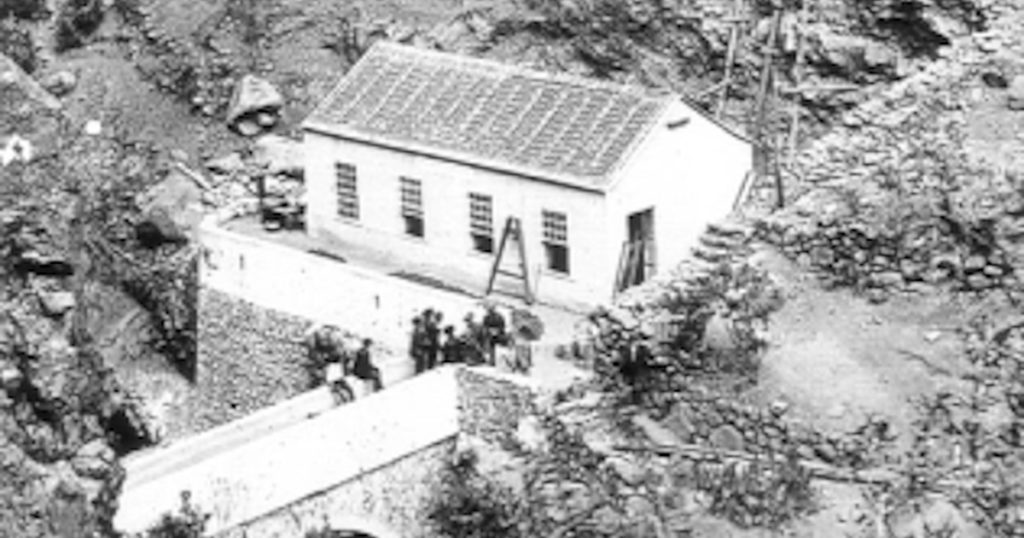
Canarina canariensis was the first recognized Canary endemic species.
It was first described in his work Hortus Cliffortianus in 1738, by the Swedish botanist Carlos Linneo, father of modern botany.Canarina canariensis, also called bicacarera, bicacarero or bellflower is an endemic climbing plant of the Canary Islands that lives mainly in the laurel forests of the archipelago. It belongs to the Campanulaceae family and is one of the three species of the genus Canarina. It is also the species that typifies this genus. It is one of the most emblematic plant species of the Canary Islands, considered by some authors as the “national flower” of the Islands. It is possible to find this species on the islands of Tenerife, Gran Canaria, La Gomera, La Palma and El Hierro. These islands are high enough to allow the growth of laurel forests, the species’ natural habitat.
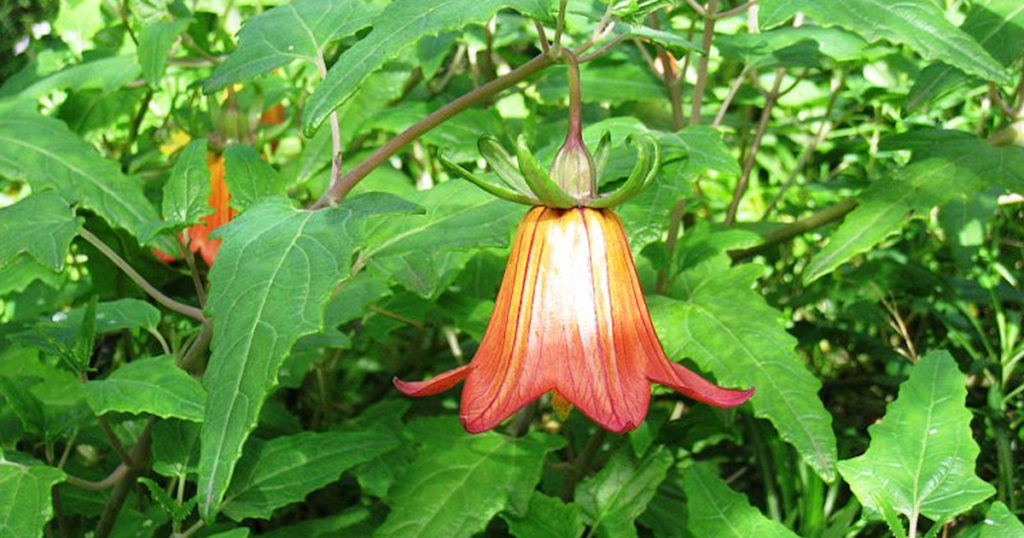
Anaga is the European region with the most endemisms per square kilometer.
The Anaga massif, an area in the extreme northeast of the island of Tenerife declared a Biosphere Reserve by UNESCO, is home to the highest concentration of endemisms per square kilometer in all of Europe. The Anaga reserve, with a total area of 48,727 hectares, of which 15,489 correspond to the terrestrial environment and 33,238 to the marine environment, is home to Tertiary-era laurel forests typical of the Canary Islands, Madeira and Azores. The Macizo de Anaga Biosphere Reserve, located in the municipalities of Santa Cruz de Tenerife, La Laguna and Tegueste, in addition to the marine strip up to 1,000 meters deep that surrounds them, has a great biodiversity, since it is home to present species included in the National Catalog of Threatened Species and in the Top 100 list of most threatened species in Macaronesia, among others. There are over 1,900 invertebrates, 15 community habitats, and spectacular genetic diversity – it’s an island within an island.
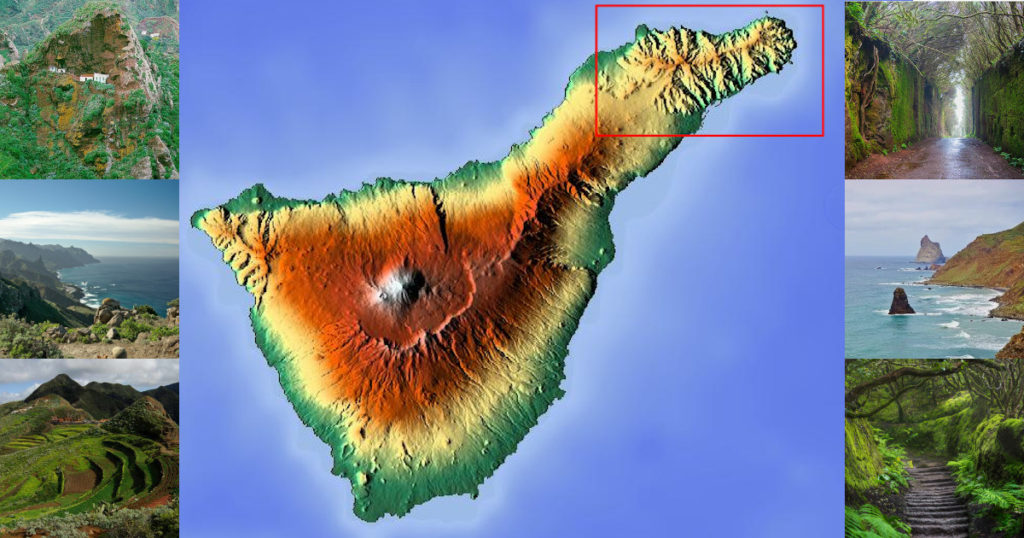
Drago de Icod de Los Vinos, also called Drago Milenario, is the oldest and largest specimen of Dracaena draco canariensis or Drago de Canarias in the world.
It measures 18 meters, the circumference of its base is 20 meters and weighs about 40 tons, of which 80 percent is a crown. It has more than 300 main branches.Over the centuries, much has been said about the age of this plant. Some botanists have estimated the age of the dracena to be 3,000 years. Recent studies suggest that correct age is about 800 years. The age of the dracena is very difficult to determine exactly, because it is a tree that does not produce cycles or renew its bark like trees. When it reaches tree size, there are parts of plants that develop over decades, while others rot, for example. Therefore, measurements that would offer a very clear pattern for trees can only be considered as age measurements in which one of its parts developed.Drago de Icod is full of many legends. One of them says that under this tree, the last meeting of the last four Guanche kings Belicar de Icod, Romen de Daute, Pelinor de Adeje and Adjoria de Abona took place to agree on peace with Spain.
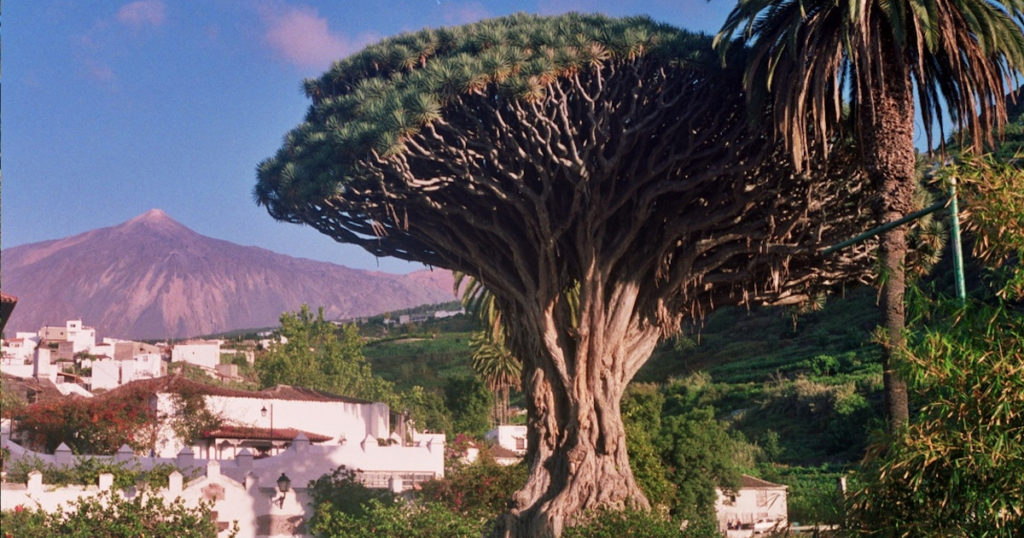
The Cueva del Viento is the largest lava tunnel in Europe.
The Cueva del Viento is a volcanic cavity located in the Icod de los Vinos neighborhood on the island of Tenerife. It was formed 27,000 years ago in basaltic lavas from the first eruptive phase of the Pico Viejo volcano, located next to Mount Teide. This volcanic tube, whose name is due to the important air currents that occur in its interior, is the fifth longest in the world (18 kilometers surveyed) after the first four found on the largest island of the archipelago of Hawaii (United States United). It constitutes an enormous labyrinthine network of subterranean passages, with innumerable ramifications still unexplored that will allow its length to be extended in the future. The Cueva del Viento also stands out for its unique geomorphological characteristics, since its network of galleries is arranged in three superimposed levels, a phenomenon that has not been described anywhere else in the world. In addition, it presents a wide variety of structures of primary origin such as lava stalactites, lava waterfalls, lateral terraces and lava lakes, among others, as well as exogenous concretions of different composition (calcium carbonate and other salts).
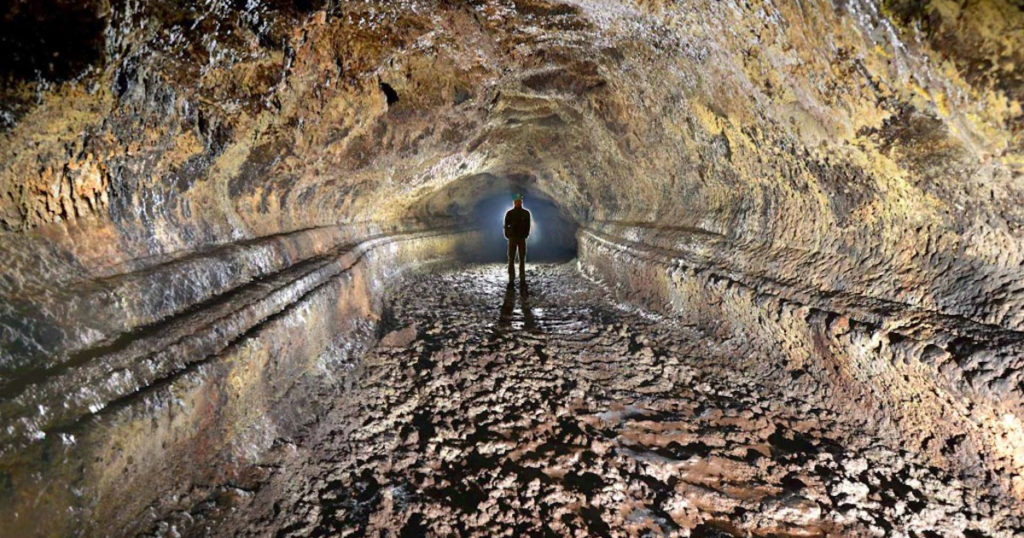
In such a small area as the island of Tenerife you will find up to 11 microclimatic areas?
Tenerife is an island of contrasts. It is characterized by the fact that it grew around the large volcano El Teide and is divided by mountains, which begins at the top of the volcano and forms an elevated ridge leading from west to east of the island. This geographical feature is responsible for the rapid changes in climate depending on altitude and location. The island has such diverse climate areas that they can literally vary from one street to street.
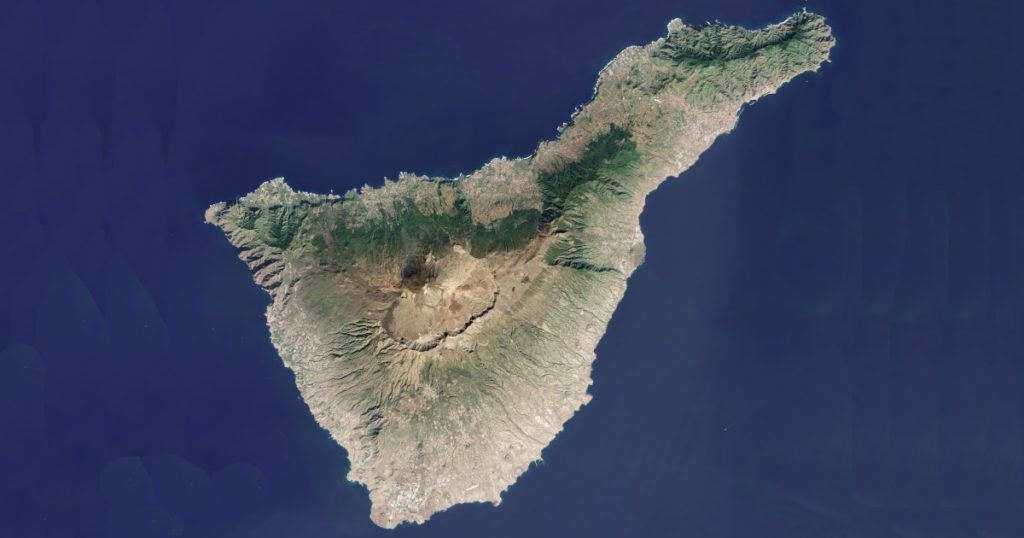
The Ferro meridian is the historic zero meridian, which is defined by the island of El Hierro?
El Hierro Island has long been considered the western end of the world by Mediterranean sailors. This is demonstrably first defined by Marinus of Tyre at the end of the second century BC. His successor, Klaudios Ptolemaios, placed a reference point on the Islae Fortunatae in his work Geografiké hyfégésis. His calculations of the longitudes of the then known world could thus be performed exclusively with positive numbers.
The fact that each of the European countires used its own zero meridian (Portugal – the island of Terceira, Spain – Toledo, the Netherlands – Tenerife …) led to the fact that King Louis XIII of France convened in 1634 the most important European geographers and astronomers. They agreed that placing the zero meridian on Ferro Island retains the advantage of positive numbers for Old World meridians. The competitive, more western island of Flores had the disadvantage that there was no consensus as to whether the Azores, where they lay, were part of the New or Old World. Subsequently, Louis XIII. ordered that all maps and globes drawn up in France respect this agreement. Although the royal directive applied only to France, it was respected until the beginning of the 19th century by most European geographers except the British. In France, a decree in 1792 abolished the use of the Ferro meridian and replaced it with the Parisian meridian.
The Ferro meridian gradually lost its significance. It was first replaced by the Parisian and later the Greenwich, which was set as a reference at the International Meridian Conference in Washington in October 1884. Nevertheless, it was still used by surveyors in some countries. In Germany they used the Ferro meridian until 1923, in Austria it was the basis of the geodetic network until 2000.
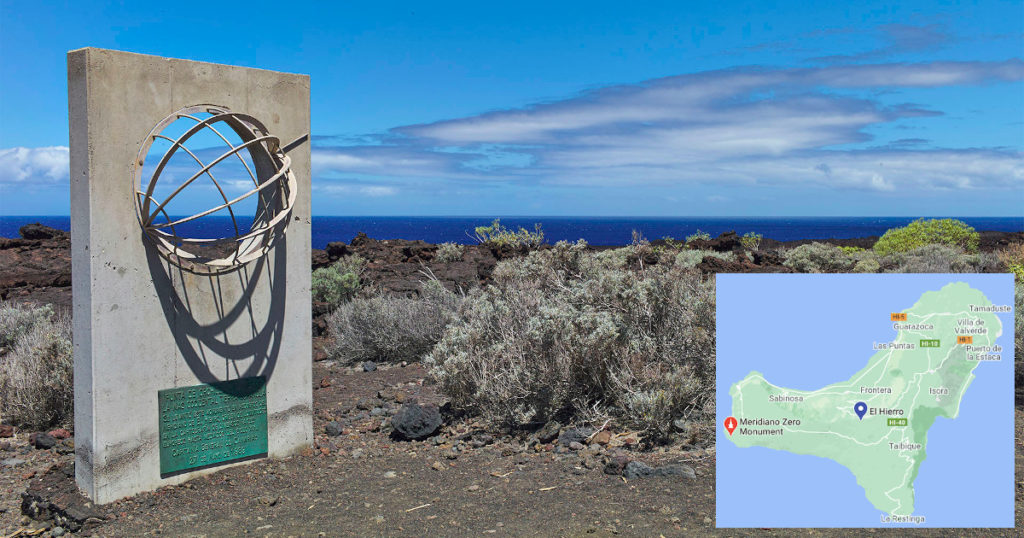
The pool at the Poema del Mar Aquarium in Las Palmas is the second largest in the world.
The aquarium, built in the style of the “big jungle”, is home to more than 350 species of animals. The name of the aquarium is given by the relationship between Gran Canaria and the painter Néstor Martín-Fernández de la Torre. It has 12,000 square meters of exhibition space and the pool called “Deep Sea” with transparent glass 36 meters long and 7 meters high is the second largest in the world.
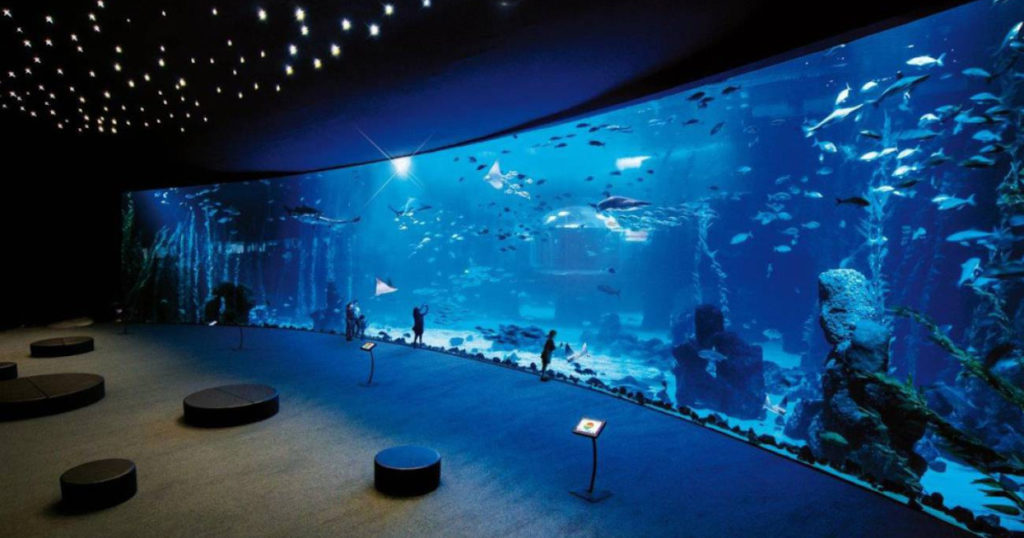
The capital of Uruguay owe its origin to families from the Canary Islands?
In 1723, the Spaniards began to fortify the heights surrounding the bay of Montevideo. The Spanish expedition from Buenos Aires, organized by the Spanish governor Bruno Mauricio de Zabala, forced the Portuguese to leave the place and the Spaniards began to settle the new city with families coming from the Canary Islands. On December 20, 1724, a population register was drawn up, and on December 24, a plan was drawn up for the demarcation of a village called San Felipe y Santiago de Montevideo. The name was later abbreviated to Montevideo. According to the register, the official population of the village initially consisted of fifty families of Canarian origin. In 1726, Montevideo gained the status of a city. Another wave of Canarians, 30 families, settled in the city on March 27, 1729.
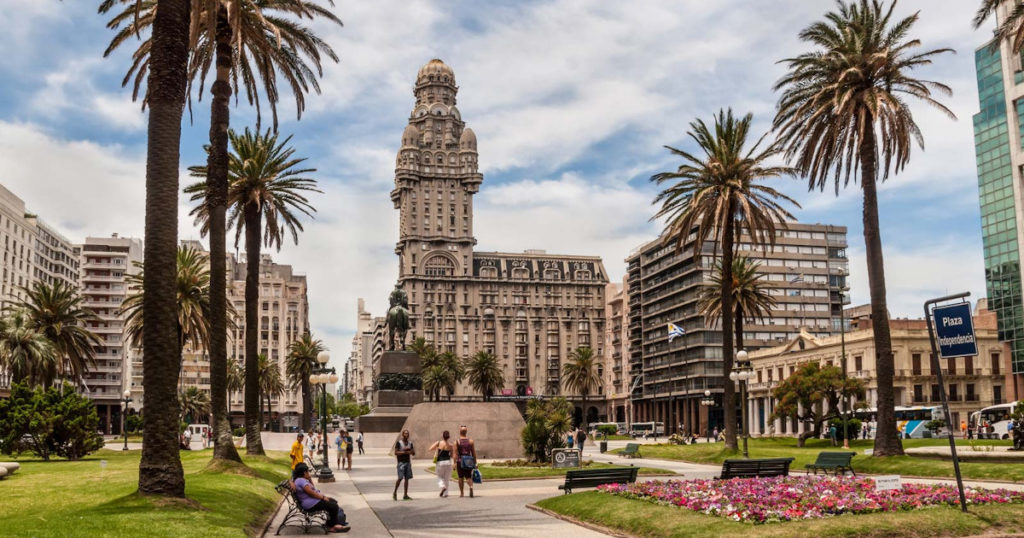
Canary bananas are the only ones in the world to have a protected geographical indication.
The protected geographical indication includes the Cavendish variety of the species Musa acuminata. The condition for the use of the designation is the cultivated area, which is located up to an altitude of 500 meters. The main growing areas are La Orotava and Icod de los Vinos on the island of Tenerife; San Andrés y Sauces and Los Llanos de Aridane on the island of La Palma; Arucas, Telde, Guía and Gáldar on the island of Gran Canaria. More than 90% of production is consumed outside the Canary Islands. An agreement has now been reached between the growers’ association and Iberia, and Canarian bananas will be served on the company’s long-haul flights.
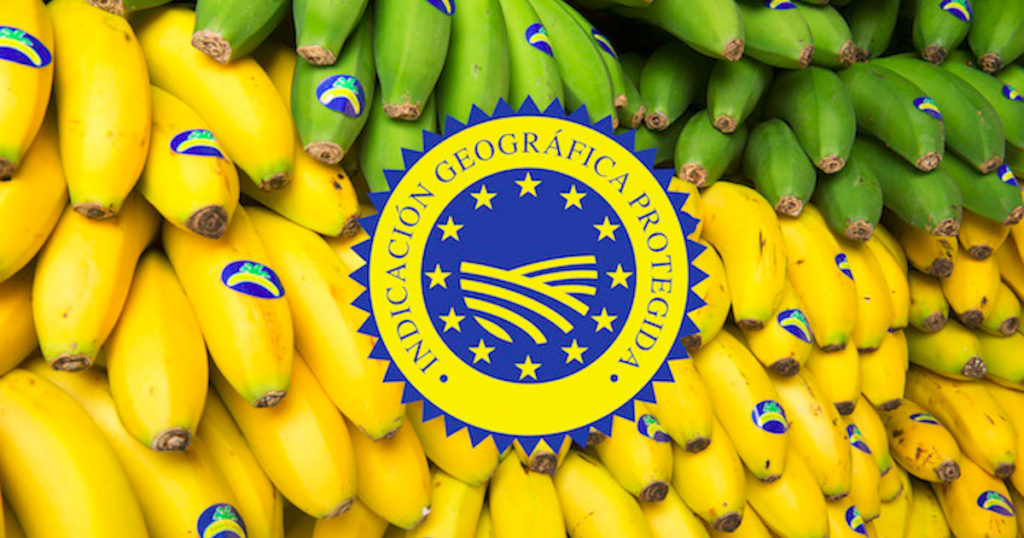
The airport on the island of Lanzarote was one of the few airports in the world where the Concorde aircraft landed.
On November 18, 1999, a British Airways G-BOAC aircraft landed at the airport. It brought passengers who continued on a luxury cruise from the island. Just 7 months later, Air France’s Concorde plane crashed and all remaining aircraft were decommissioned in 2003. The G-BOAC, which landed here in Lanzarote, was the flagship of British Airways’ fleet and is now on display at Manchester Airport.
Air France was the first aircraft of this type to land the test aircraft on Lanzarote. It was at the turn of 1983 / 1984. However, I have not yet been able to obtain more information about this flight.
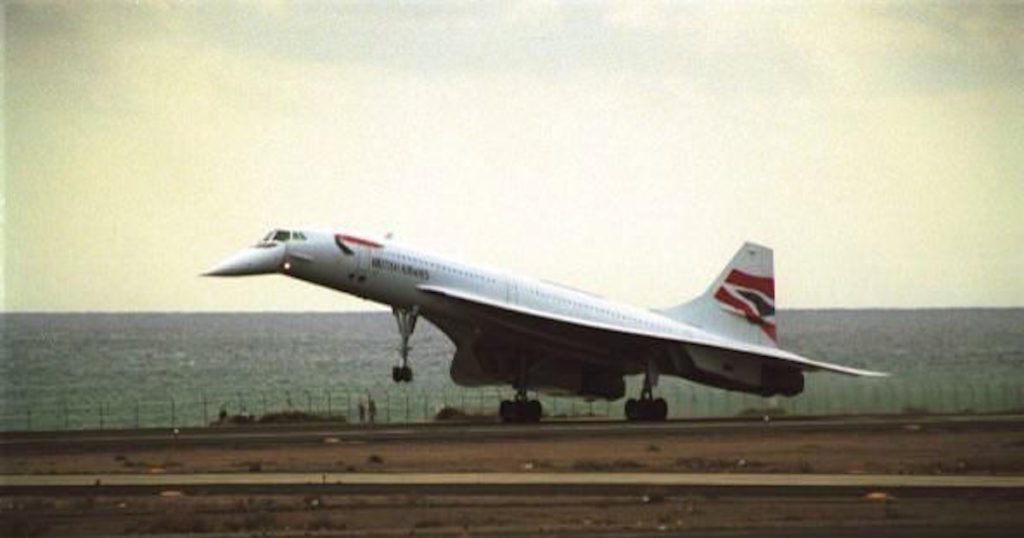
Airport on the island of La Palma the only airport in Europe that uses electricity that is 100% produced by wind farms.
The airport is in operation for 50 years.On February 24, 1970, the first plane landed at the airport, a DC-3 of the Air Force. On April 3, direct flights began between La Palma and Gran Canaria with Fokker F-27 aircraft.The official inauguration was held on April 15, 1970, when the Official State Gazette published the provision of the Air Ministry that authorized the opening of the new airport and the closing of the previous one (Buenavista airport). That day, the first flight to Tenerife operated from Buenavista airport and the second one did from the new La Palma airport two hours later.The airport inherited the SPC and GCLA codes from the old Buenavista airport, which was closed to civil traffic and only received a few military flights before being definitively closed.
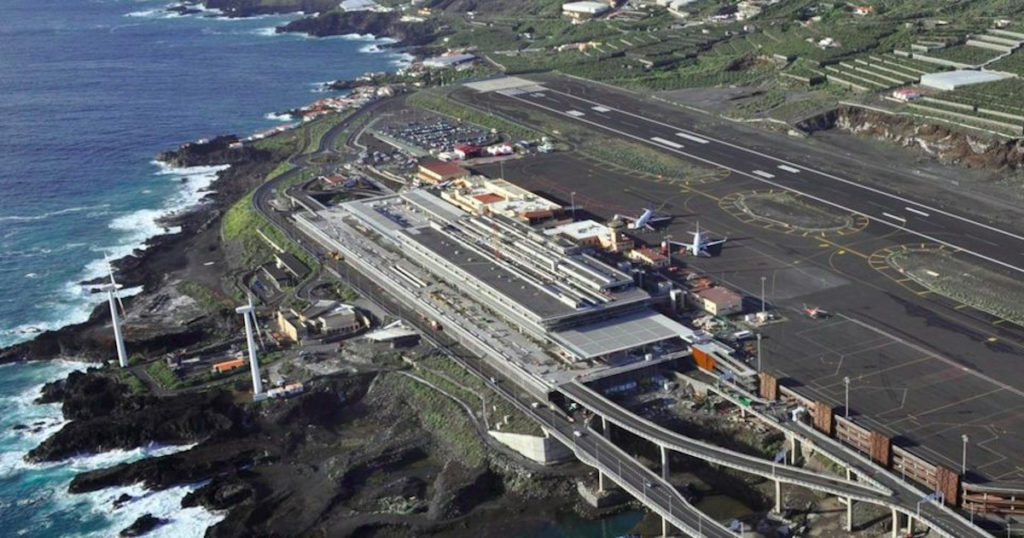
The photos used on this site come from freely available sources on the Internet.
Did you like this article, was it useful to you? You can also support the creation of this website by sending any amount to ES08 0049 5735 1122 1616 5370, swift BSCHESMM. Include “Canaria Guide Support” in the note. Thank you for supporting.

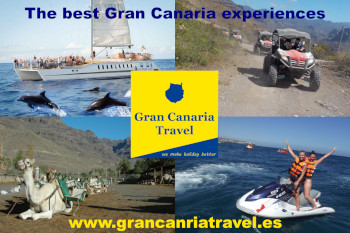

Recent Comments